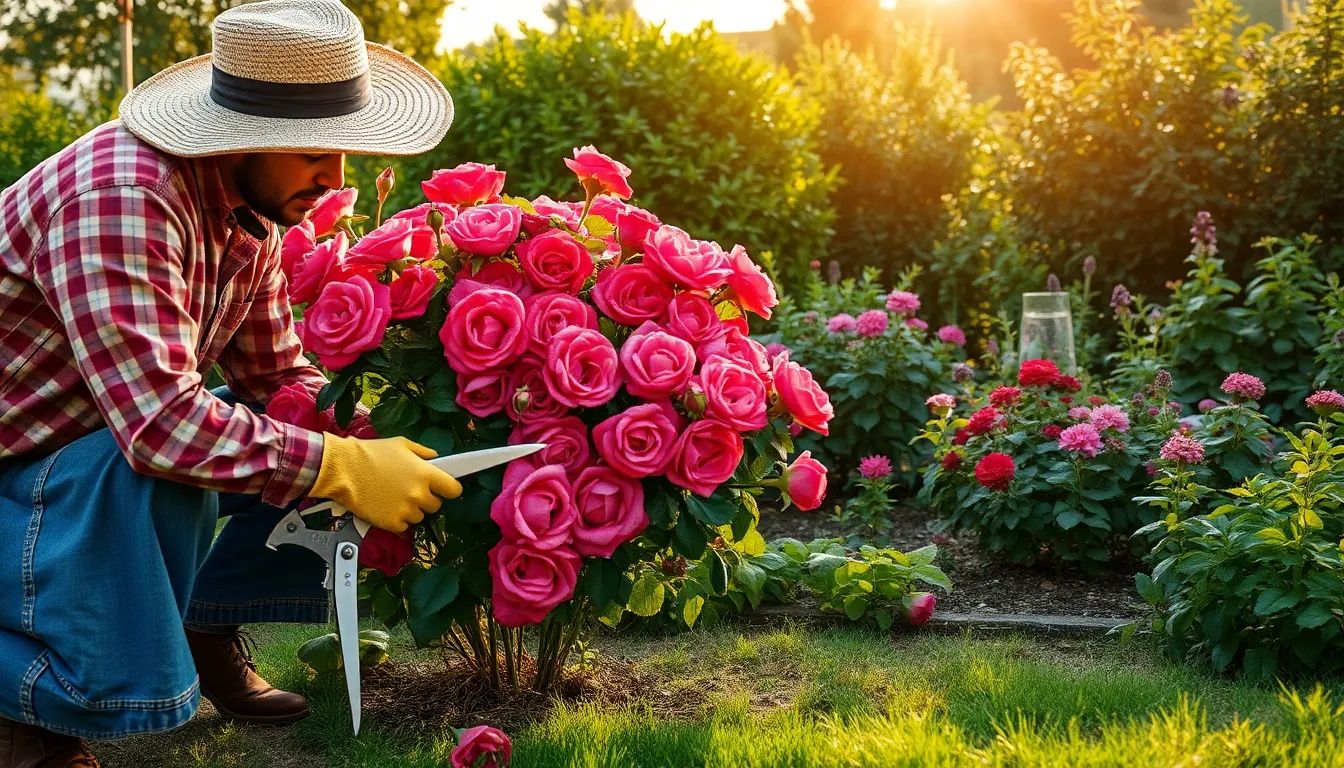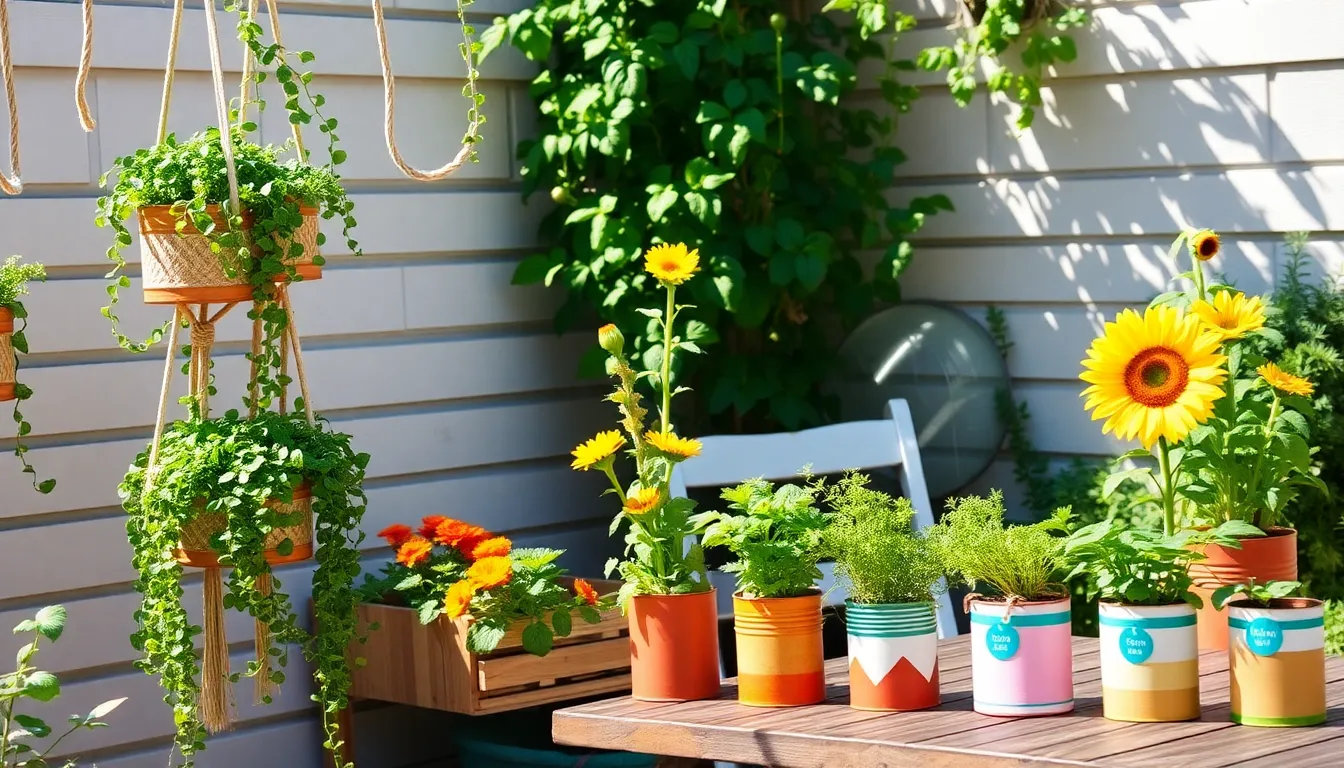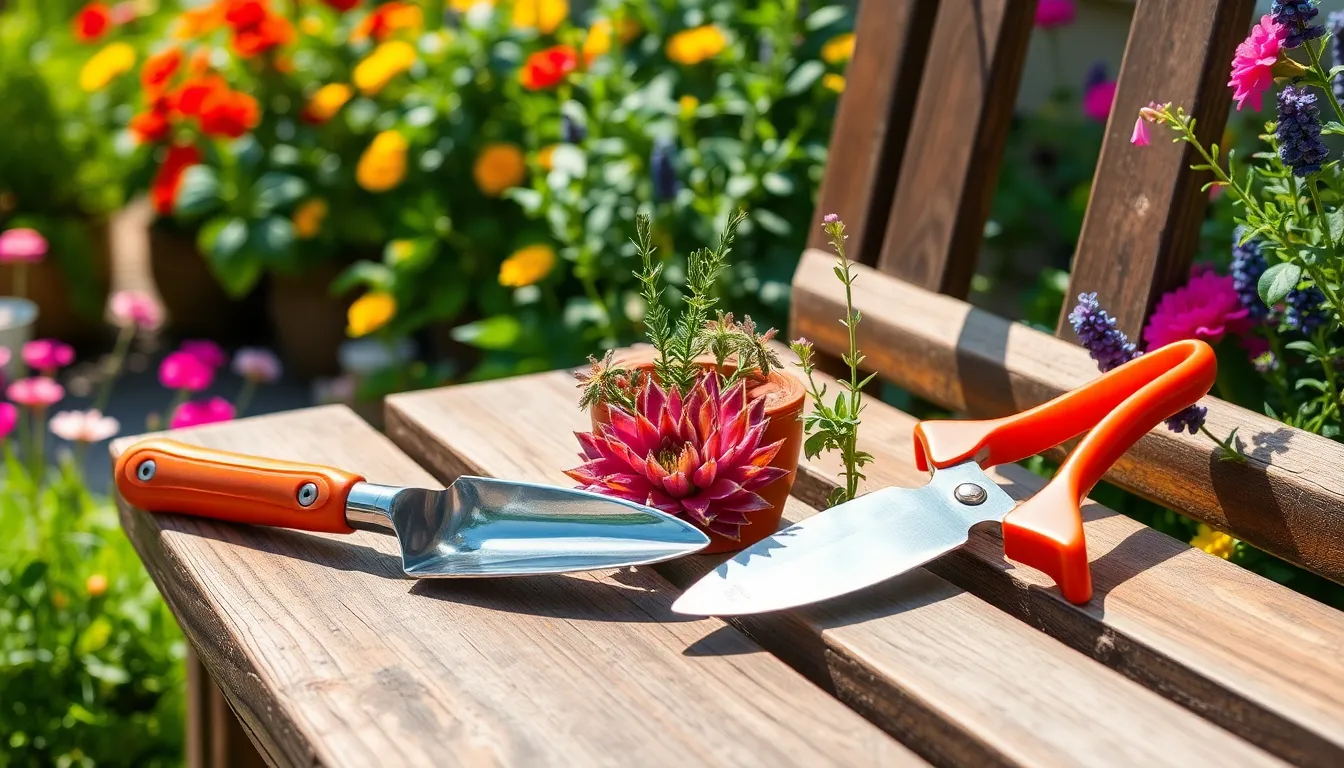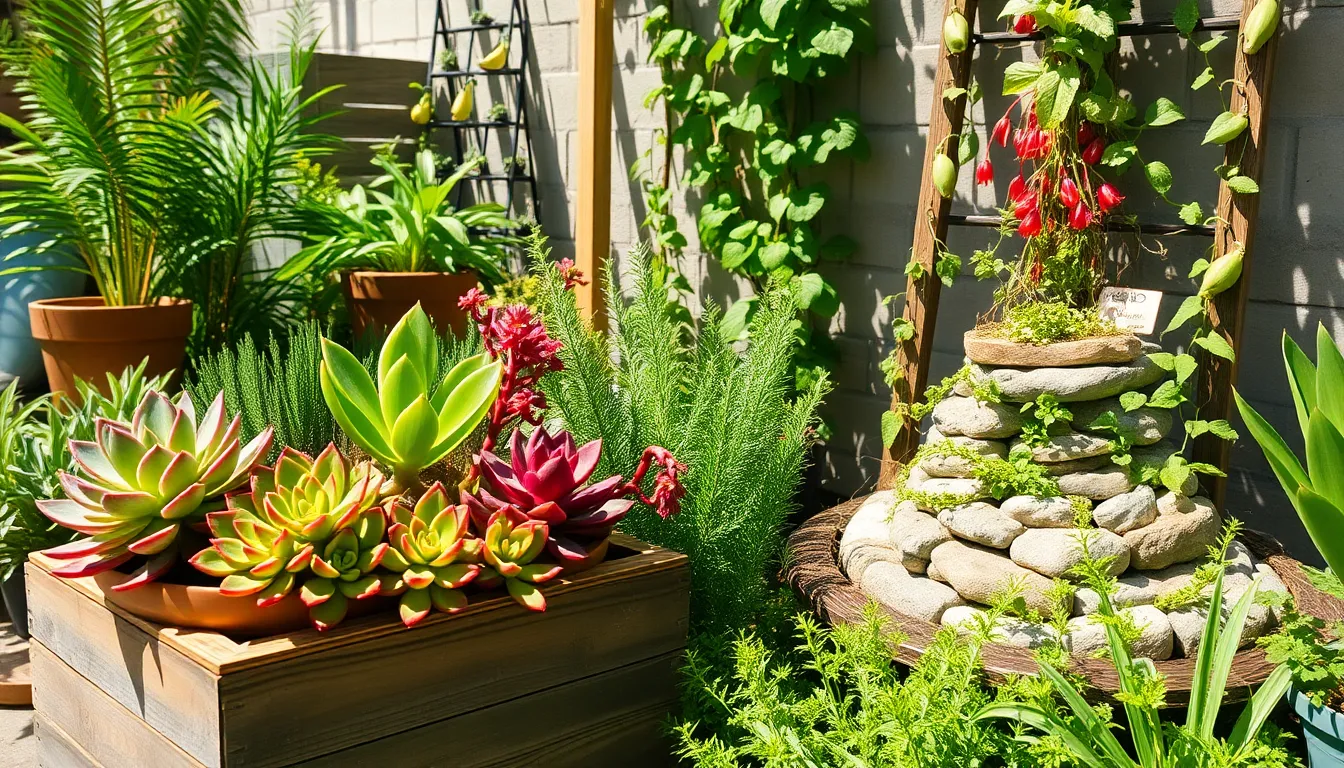Gardening is a journey that thrives on the promise of growth, and pruning is one of its most vital practices. Whether you’re nurturing a lush oasis or just starting with your first potted plant, understanding how to prune effectively can transform your garden from wild chaos into a thriving sanctuary. Pruning, when done right, encourages healthier plants, more abundant blooms, and a garden that reflects your care and attention. In this article, we will explore the nuanced art of pruning, uncovering techniques that cater to both beginners and seasoned green thumbs.
Many gardeners, regardless of experience, find pruning a bit daunting, often unsure of where to start or what tools to use. Fear not, as we’ll guide you through the essentials, from identifying the right time to prune to mastering the cut that invigorates plant growth. You’ll learn how to wield your pruners like a pro, ensuring each snip brings your garden closer to its fullest potential. By the end of this journey, you’ll not only gain confidence in your pruning skills but also develop a deeper connection with the life blossoming under your care. Embrace the transformation and watch as your garden flourishes with renewed vigor and beauty.
Identify Plants Needing Pruning
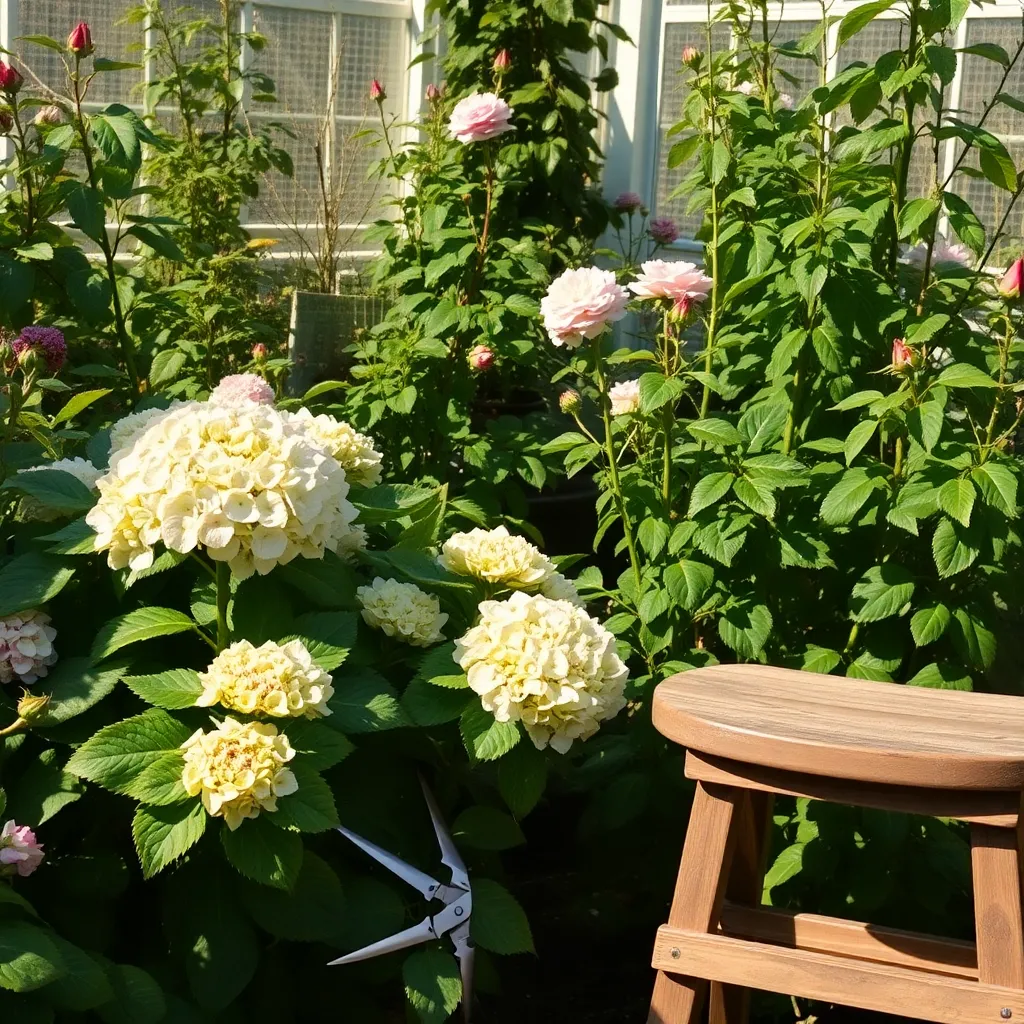
Recognizing which plants need pruning is crucial for maintaining a healthy garden. Generally, plants that show signs of dead or diseased branches, such as discoloration or brittleness, are prime candidates for pruning.
Look for plants that have grown too dense, as thinning these can improve air circulation and reduce disease risk. Overgrown shrubs and trees often benefit from pruning to shape them and prevent overcrowding, which can inhibit their growth.
For flowering plants, identify those that bloom on new growth, like roses and butterfly bushes, and prune them in late winter or early spring. This practice encourages vigorous flowering and helps maintain the desired shape.
Advanced gardeners might consider the timing of pruning to optimize plant health. For example, pruning fruit trees in late winter encourages a robust spring growth, while summer pruning can manage size without encouraging excessive new growth.
Gather Appropriate Pruning Tools
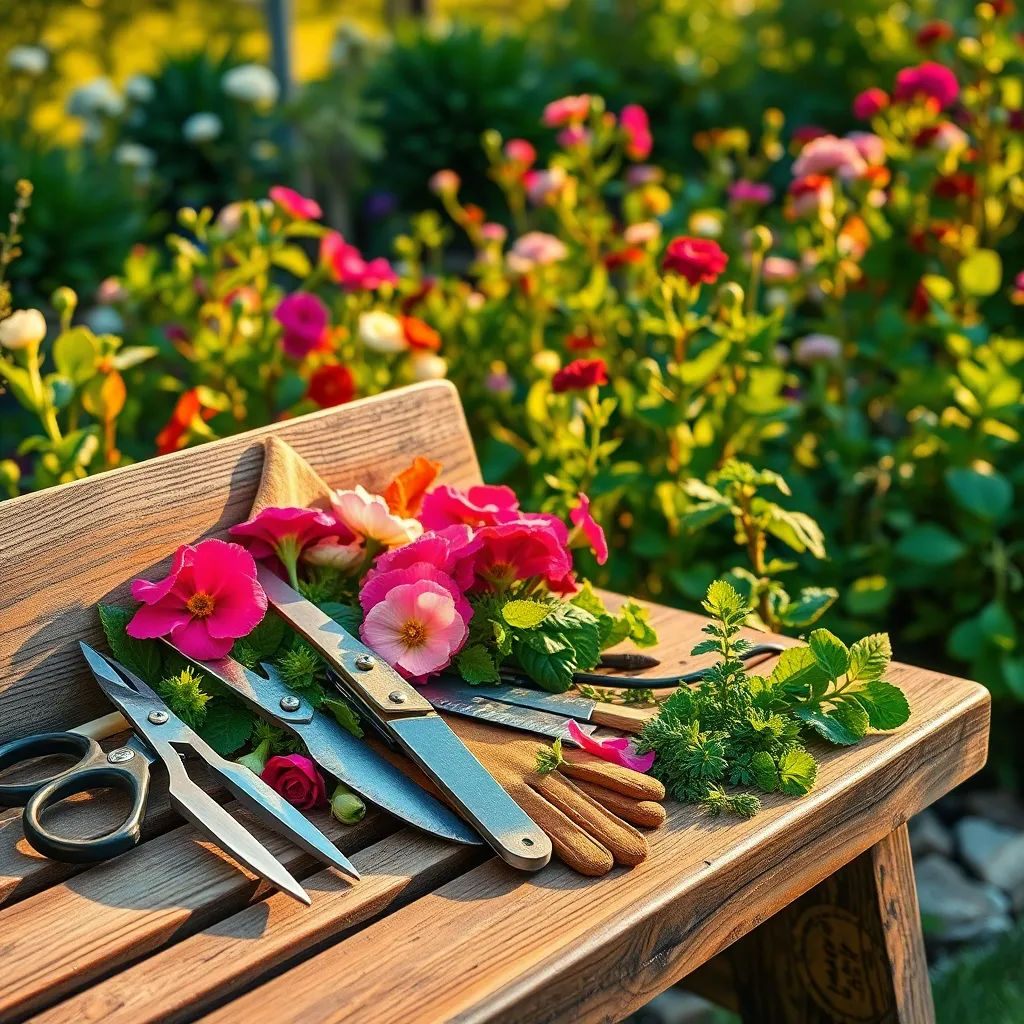
Before you start pruning, it’s crucial to have the right tools on hand. Having the correct tools not only makes the job easier but also ensures clean cuts that promote healthy growth.
For most garden tasks, you’ll need a pair of bypass pruners, which are ideal for cutting live plant material. These pruners work like scissors and are perfect for stems up to 1/2 inch in diameter.
Larger branches require a different approach, and for this, loppers or a pruning saw are recommended. Loppers provide leverage for thicker branches up to 1 1/2 inches, while a pruning saw handles even thicker limbs with precision.
To maintain your tools, ensure they are clean and sharp before each use. Regular maintenance prevents plant disease transmission and makes cutting more efficient.
Remove Dead or Diseased Branches
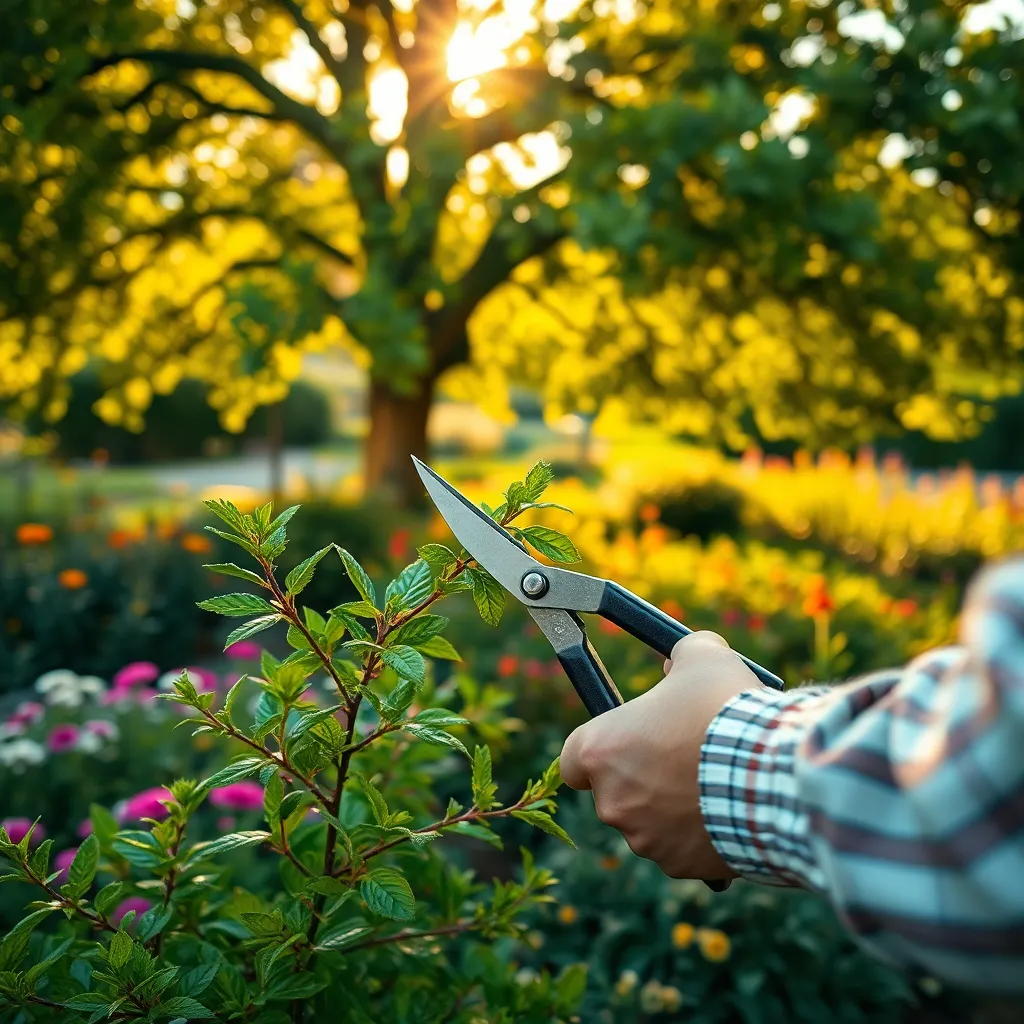
Removing dead or diseased branches is crucial for maintaining the health and aesthetics of your garden. Start by inspecting your plants carefully and identifying any branches that appear lifeless or show signs of disease, such as discoloration or unusual growths.
It is important to use clean, sharp tools to ensure a healthy cut and prevent further damage. Prune these branches back to the point of healthy growth, making sure to cut at a 45-degree angle to facilitate proper healing and water runoff.
For larger limbs, a pruning saw may be necessary, while smaller branches can often be handled with bypass pruners. Always disinfect your tools between cuts, especially when dealing with diseased wood, to prevent spreading pathogens throughout your garden.
Begin pruning during the dormant season, typically late winter to early spring, when plants are less active and more resilient to cutting. However, if you notice diseased branches at any time of year, it’s best to remove them immediately to halt the spread of disease.
Trim Overgrown and Crowded Areas
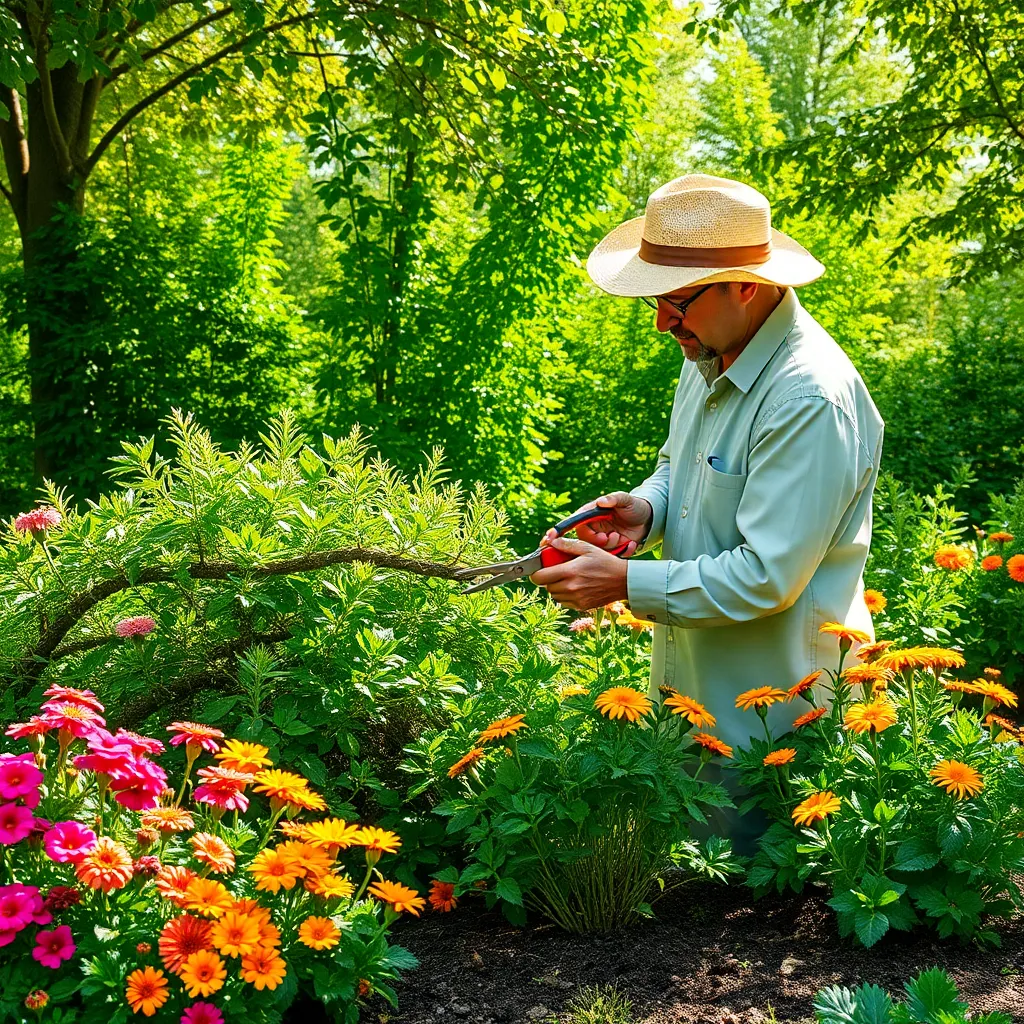
Overgrown and crowded areas in your garden can hinder plant growth and reduce airflow, leading to potential disease. To address this, start by identifying which plants are overcrowded and need attention. Selectively thin out branches to improve light penetration and air circulation, which is vital for the health of your plants.
Use sharp, clean pruning shears to make precise cuts, as this helps prevent plant damage and disease spread. Cut branches at a 45-degree angle just above a healthy bud to encourage new growth in the desired direction. Remember to step back periodically to assess the overall shape of the plant, ensuring it retains an aesthetically pleasing and natural form.
For beginners, start with easy-to-prune plants like shrubs and small trees, and gradually move to more complex species. Advanced gardeners can experiment with more intricate techniques, such as espalier or topiary, to shape plants creatively. Always be mindful of the specific needs of each plant species, including their preferred pruning season and intensity.
In particularly dense areas, consider removing entire plants if they are competing for resources and stunting each other’s growth. This strategic thinning can lead to healthier plants and more vibrant blooms. Ensure you water and mulch properly after pruning to help plants recover and thrive.
Shape Plants for Optimal Growth
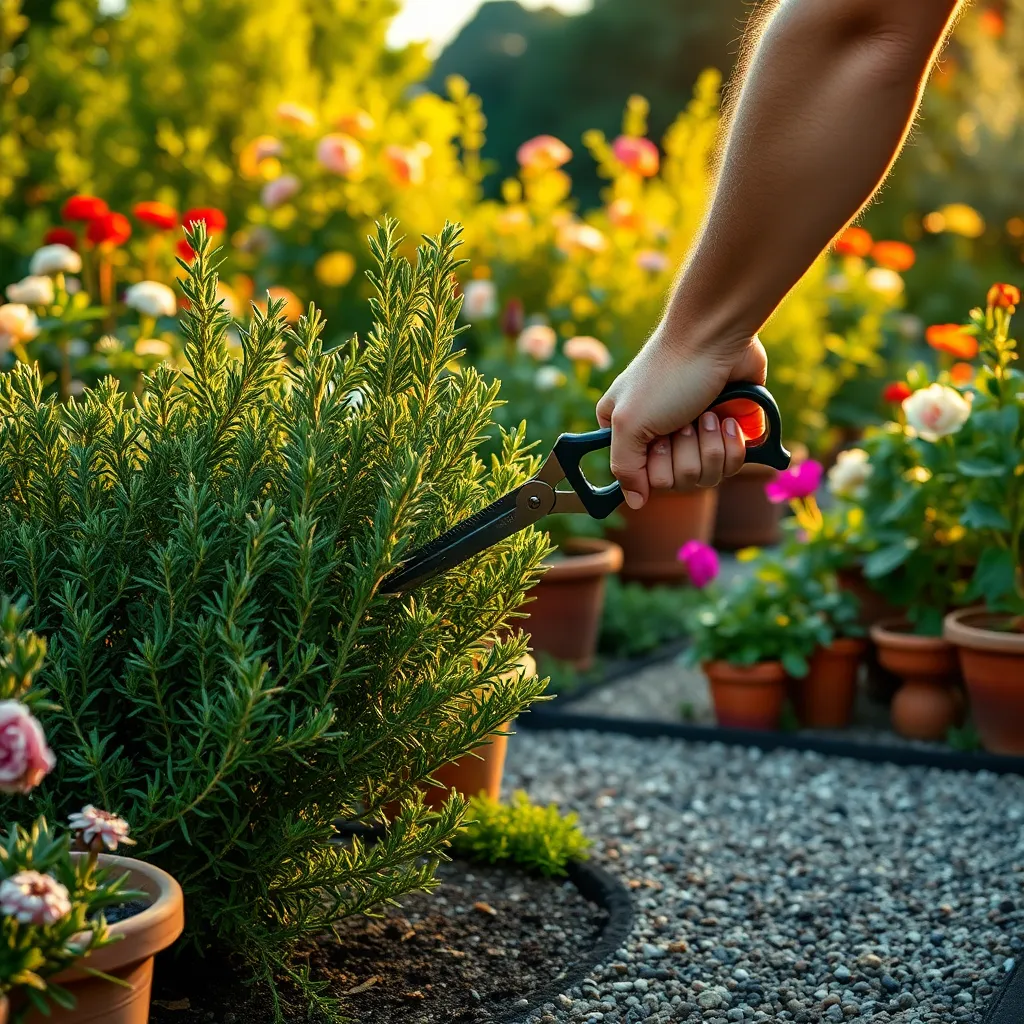
Shaping plants not only enhances their aesthetic appeal but also encourages healthier growth. By selectively pruning branches, you can direct energy to stronger parts of the plant, leading to better blooms and fruiting.
When shaping plants, start with identifying the natural growth pattern and work with it. Use clean, sharp tools to make precise cuts, ensuring you don’t damage the plant tissue.
For beginners, a simple guideline is to remove any dead or diseased wood first, then focus on crossing branches. This practice prevents the spread of disease and improves air circulation, which is crucial for plant health.
Advanced gardeners can experiment with espalier techniques, especially for fruit trees like apples and pears. This involves training the branches into flat, decorative patterns against a support, optimizing sunlight exposure.
Regularly check the soil moisture and adjust watering schedules accordingly, as pruned plants may have different water needs. Mulching around the base can help retain moisture and suppress weeds, further aiding optimal growth.
Conclusion: Growing Success with These Plants
In cultivating thriving relationships, mastering the art of pruning is essential. Throughout this article, we’ve explored five key concepts: recognizing the importance of regular communication, setting healthy boundaries, shedding negative behaviors, nurturing personal growth alongside partnership, and celebrating mutual achievements. These principles are the garden tools for fostering a relationship that blossoms with love and understanding.
As an actionable step, take a moment today to engage in an open-hearted conversation with your partner about one area where you both can grow together. This small step can lay the groundwork for deeper connection and mutual progress.
Remember, relationships are like gardens—they require ongoing care and attention. Bookmark this article as your go-to guide whenever you need a reminder of the steps toward a flourishing partnership. By doing so, you ensure you have a valuable resource at your fingertips to revisit these pivotal concepts.
Looking ahead, envision a relationship where both partners thrive individually and together, creating a vibrant, enduring bond. Embrace the journey of growth and transformation, and watch as your relationship garden flourishes with joy and resilience.

